Sign up for workout ideas, training advice, reviews of the latest gear and more.

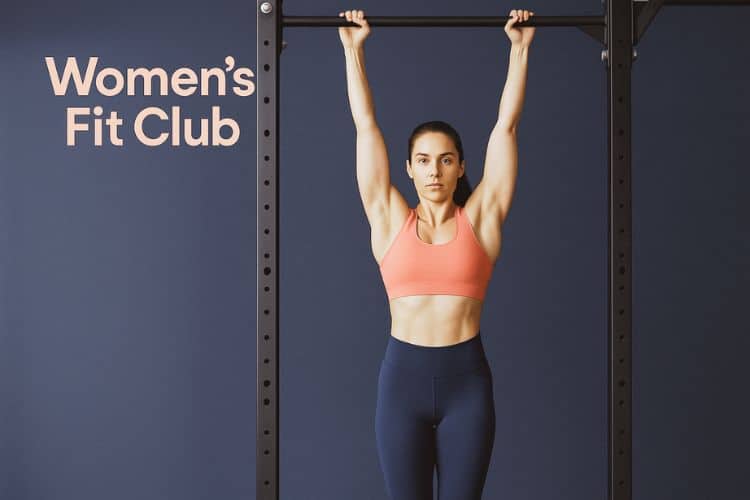
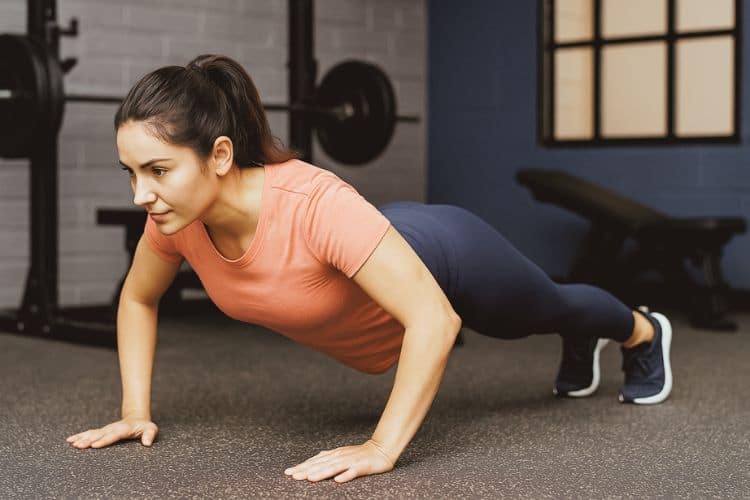
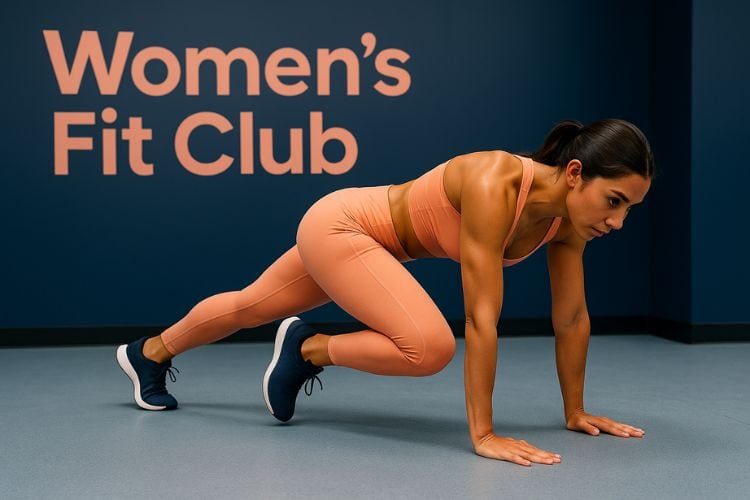
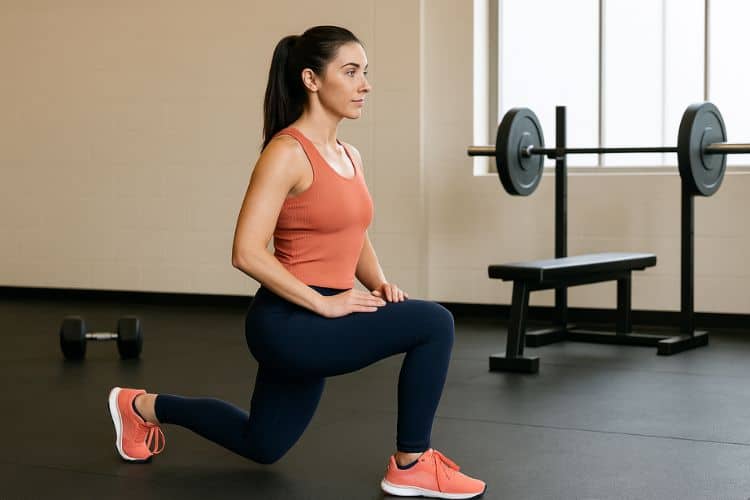
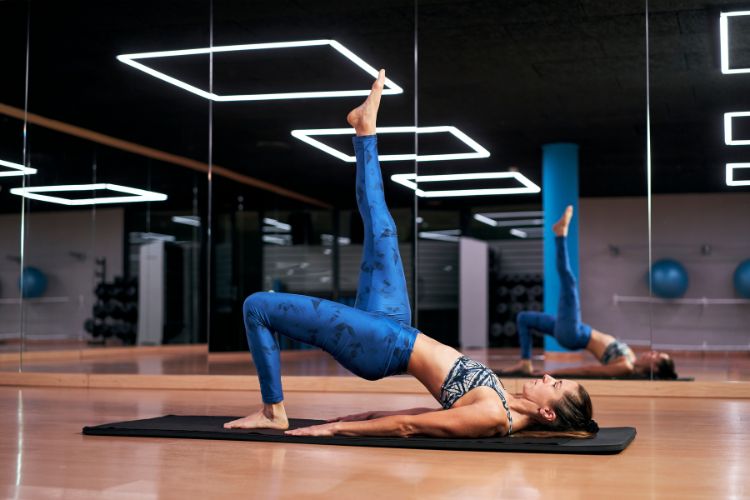
The one leg glute bridge is a powerful bodyweight exercise that targets your glutes, hamstrings, lower back, and core. This single-leg variation of the classic glute bridge introduces an extra balance and stability challenge, making it ideal for building strength, improving muscular imbalances, and enhancing athletic performance. Whether you’re looking to sculpt a strong posterior chain or add a functional exercise to your routine, the one leg glute bridge deserves a spot in your workout lineup.
In this comprehensive guide, we’ll break down the benefits, form tips, variations, and training strategies for incorporating one-leg glute bridge workouts into your fitness plan.
The one-leg glute bridge offers more than just a solid booty burn. This exercise trains several critical areas of the body and improves your performance in other compound movements and sports activities.
The primary benefit of this movement is its intense activation of the gluteus maximus and hamstrings. With only one leg supporting your body weight, each rep delivers more tension, encouraging muscle growth and activation, especially in the posterior chain.
Balancing on one leg while lifting your hips engages the deep core muscles, including the transverse abdominis and obliques. Over time, this improves core strength, which can translate into better posture and injury prevention.
Unilateral exercises like the one-leg glute bridge help identify and fix muscle imbalances. If one glute is weaker or less activated, this exercise brings it up to par, promoting symmetry and better overall movement mechanics.
From running and jumping to lifting and squatting, strong glutes are essential for power and efficiency. Incorporating one-leg glute bridges enhances hip extension strength, speed, and explosive performance.
This bodyweight move is low-impact and easy on the joints, making it suitable for beginners, people with knee issues, or anyone needing a solid glute exercise without heavy weights. Plus, you can do it anywhere—no equipment needed.
Perfect form is key to maximizing benefits and avoiding strain. Here’s how to do it right:
To keep your workouts engaging and progressive, try these effective variations of the single-leg glute bridge.
Place your grounded foot on an elevated surface (like a bench or step) to increase the range of motion and intensify the glute and hamstring contraction.
How to do it:
Adding a resistance band just above your knees or around your thighs increases the load and forces your glutes to work harder to stabilize the hips.
Place a dumbbell or barbell across your hips to increase resistance. Start light and ensure your form remains perfect.
Begin in a standard glute bridge and alternate lifting one foot at a time, mimicking a marching motion. It’s a great intro to single-leg bridges.
Perform the bridge with your grounded foot on a stability ball to further challenge your balance, coordination, and core engagement.
Here’s a quick and effective glute-focused bodyweight routine you can do at home or in the gym.
Rest: 30–60 seconds between exercises.
This routine ensures your glutes are thoroughly worked from various angles and helps improve endurance, balance, and strength.
If you’re using one-LGB in your routine regularly, it’s important to progressively challenge your body for results.
Aim to do single-leg glute bridges 2–3 times per week, especially after your warm-up or as part of your lower-body day.
Strong glutes power your stride and reduce injury risk. Unilateral glute work helps correct imbalances common in runners.
Single-leg glute bridges can enhance your squat and deadlift performance by reinforcing glute activation and hip thrust mechanics.
Sitting all day leads to glute amnesia—one-leg bridges activate dormant muscles and reduce lower back pain.
This is a foundational bodyweight move that builds strength without the need for equipment, making it ideal for fitness newbies.
Your hips should stay level throughout. Dropping one side shifts the load and decreases glute activation.
This takes the emphasis off the glutes and shifts it to the quads. Always push through your heel.
Overextending the spine at the top can cause discomfort. Engage your core to keep your pelvis in a neutral position.
Avoid bouncing your hips off the floor. Move slowly and control each rep to maximize tension.
Start with 2–3 sets of 10–12 reps per side and increase as your strength improves. Focus on quality over quantity.
While it’s safe to do bodyweight glute bridges often, give your muscles time to recover—2 to 3 times per week is optimal.
Not ideally. If you feel strain in your lower back, you might be arching your spine or not engaging your core and glutes properly. Reset your form.
Yes, by strengthening the glutes and core, they can help alleviate lower back pain caused by weak or inactive muscles.
The one-leg glute bridge is a simple but incredibly effective exercise for targeting the glutes, correcting imbalances, and improving overall movement quality. Whether you’re an athlete, a beginner, or someone recovering from injury, this move can elevate your training without requiring any equipment.
Its versatility, combined with its impact on your strength, posture, and performance, makes it a must-have in any lower-body or core-focused workout. Make sure to maintain good form, start at your level, and progressively challenge yourself with different variations.
So roll out your mat, lay down, lift one leg—and ignite your glutes with the power of the one-leg glute bridge.
Stay up to date on the latest women’s health, fitness and lifestyle trends and tips.